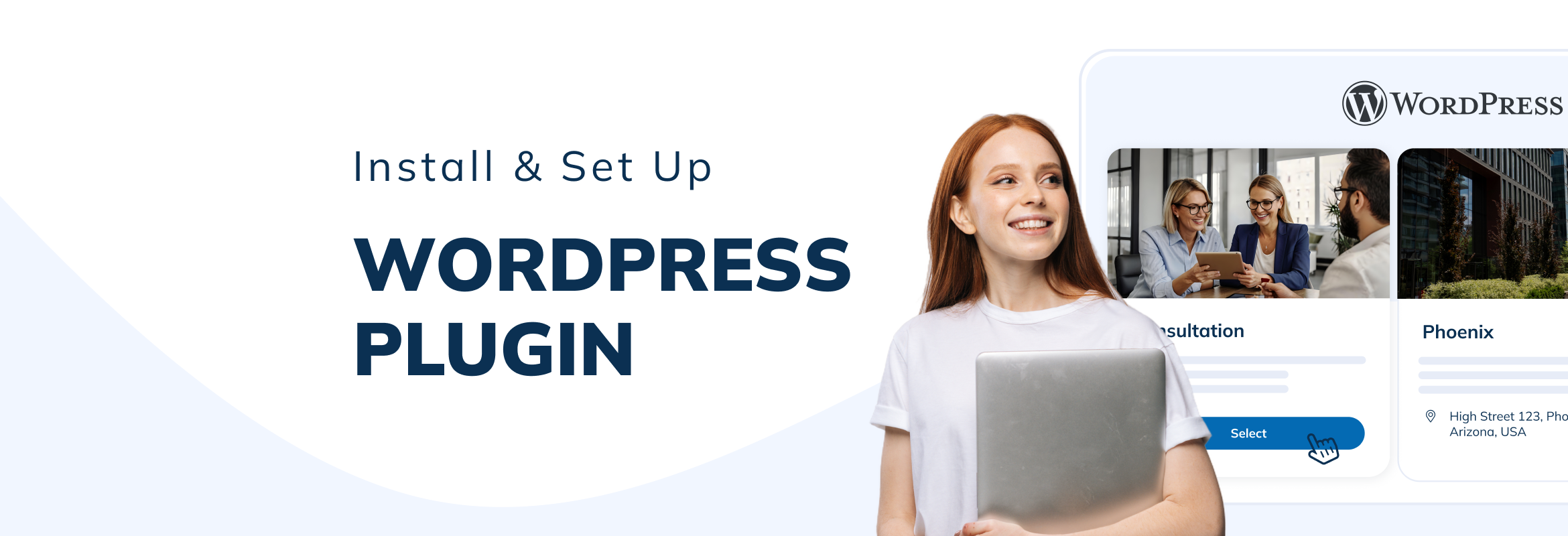What Is Price Elasticity And How This Determines Marketing Strategy

This post is also available in:
![]()
![]()
![]()
![]()
Your marketing strategy has many moving parts that define it – your business goals, alignment to those goals, messaging, and promotional channels. A few elements can substantially impact your strategies: messaging, price, and competition. While messaging can be tweaked for more meaningful impact, competition isn’t in your control. What can be controlled is the price. Understanding price elasticity and its impact on your marketing strategy are critical to ensure your pharmacy or testing center has recurring customers and conversions.
Concept of Price Elasticity
Price elasticity measures the impact of price on the demand or supply of a product. To calculate it, divide the percentage change in product quantity by the percentage change in price. It will give you an estimate of the elasticity of your product or service.
For example, let’s assume you charge $35 for a blood test at your diagnostic center. And, on average, 30 people turn to get their tests done every day.
Now, if you increase your price to $40 (an increase of 14.2%), it is possible that fewer people will turn up. But given that we all need to get our blood tests done when our doctor orders it, let’s assume 30 people continue to turn up every day (0% change).
Price elasticity here would be 14.2/0, which is mathematically infinity.
On the other hand, let’s assume you offer guitar lessons at $100 an hour. Fifty people sign up for your class. If you were to increase the price to $120 an hour (a 20% increase), that number is likely to come down to perhaps 20 (a 60% drop).
The price elasticity of demand, in this case, would be 20/60. That’s around 0.33.
Price elasticity above 1 means your product is inelastic, and an infinity value means the demand is perfectly inelastic. In other words, a change in price contributes to no change in demand.
A value lower than one means elastic demand for your product or service. Change in price does impact demand.
Ideally, you would want your product to be elastic so that the change in price does not broadly impact your demand and profits. Pharmacy products or services fall in this category with no difference in buying patterns. Because medical facilities are necessary, price change does not impact the demand.
Take the example of a bakery. A change in pricing will impact the demand for products in the store since many may consider buying less of them.
The demand for guitar or stitching classes can vary based on the price. Classes available at a lesser cost may find buyers ready to learn from them compared to those with a higher price. This elastic nature is unlike the one in testing centers.
Testing centers usually will not experience a change in demand irrespective of a price change because people will rarely stop using the service for a change in pricing.
3 Reasons For Price Increases & How To Counter Them
Often, price increases are legitimate for several reasons. Some are inflation, demand-supply issues, or the cost of offering the product or service.
In other instances, prices increase to increase margins and profits. But in categories impacted by the nature of their products, any price increase affects demands and tightens the margins. This impacts how you plan your marketing strategy and attract new and repeat customers.
One way such businesses can improve margins is by standing out in the crowd by offering additional value or by building a bigger brand.
But various elements can impact your value addition in this case. Some are researching the market and assessing what your competitors are doing—finding out how customers react to certain value additions and the result of it. Also, consider the type of customers you’ll be promoting your business to – are they price sensitive, or do they prefer other perks such as better service or value adds?
An expansion plan could also be a reason for companies to increase the price of the product or service. Such an increase is usually nominal and does not impact the customers, especially when the business has a large audience base.
Impact of Price Elasticity on Your Marketing Strategy
Once you’re ready with the information on how a price increase impacts your business, run a brief survey to understand internal and external factors influencing your marketing strategy.
Products or services will have operational costs that need regular reviews.
Assess the timing and the seasonal context of specific products to manage the demand and supply. Also, track user behavior on high-moving, low-cost products and services. Understand the way competitors in your market operate.
Which products or services are always in high demand, and can you integrate such evergreen products in your product suite, so you always have a mix of products to maintain profitability?
How Do You Increase Conversions in a Competitive Scenario
For businesses like pharmacies and testing clinics, prices are pre-determined based on competitive benchmarking across the local landscape or through regulations. Focus on conversions by offering other services that can improve customer relations and retain them.
Relying solely on pricing may not be the best choice, and you can improve your sales numbers by focusing on other aspects like:
1. Discounts
Discounts can be beneficial for fast-moving Over-The-Counter products. Since they have a high volume and or high margins, discounts will not impact your margins to a great extent. Also, consider the end goal for your pharmacy or test clinic before you plan and execute discounts- it is to grow your customer base or increase profits, or outperform your competitors. Remember, as the discount period ends, you should be close to your end goal.
For example, a diagnostic center may offer discounted ‘Wellness checkups’ – these are typically “elastic” services that are sensitive to price and can be leveraged to improve revenues in a slow month or during those times of the year when it looks like you may miss your OKRs.
If your business is new, or you’re yet to reach breakeven, consider other marketing methods instead of discounts.
2. Value additions to improve conversions
With value addition, your customers experience your offering beyond a transaction. They get the desired service, assess the potential to gain further service, and factor in value for money. Some ways to engage in value addition for your customers are:
Bundle products: Bundle your fast-moving products with slow-moving ones. This way, you reduce the inventory and allow users to try the slow-moving products.
Offer free delivery: Convenience via free delivery lets your customers rely on your service. It makes your product or service trustworthy and builds momentum in your business.
Complementary testing: Offering complementary testing lets your users take care of their health needs, especially when they might put it off due to financial commitments.
Sample collection: You can check for sample collection as a part of value addition if you can accommodate it within your existing setup.
Nominal discounts for repeat customers: Reward your repeat customers with minor discounts. This way, it will be easy to keep existing customers satisfied.
These strategies can drive more footfalls to your pharmacy or testing centers since they offer an element of convenience over and above your service.
Change your Marketing Model
At times, changes in price or discounts, or value-addition may not give your business the much-needed visibility or profitability.
High inelastic industries like pharmacies or testing clinics primarily rely on pull-based demand (i,e. people seek your business more than you seek customers). Here, consider changing your marketing model to a push strategy, so your business can attract more customers.
Collaborate with doctors or other pharmacies/ testing clinics: This way, your customers will avail of products or services they need, but you don’t currently provide on your own.
Network with company professionals/referrals: Referrals via sales representatives or company professionals can widen your reach and improve visibility, positively impacting your bottom line. Managing such marketing projects requires a long-term commitment to nurturing each partner, and engaging with them, to bring a recurring stream of new clients to your business.
Promote your business online: Another push strategy is targeting online customers who want to use your service through the online medium. You can automate this process to free up your time and maintain high service standards.
Wrapping it Up
Managing your business can take up a lot of your time and energy. You’re navigating a lot of things. However, what’s important is not to lose track of pricing changes that impact your profitability.
Once you understand how price elasticity affects your business, use alternative methods to keep customers returning. If your business is new, then focus on building customer relations. As your business grows, focus on changing your marketing model to a push strategy through collaborations and other avenues to expand your business.
Guest Author Bio: Anand Srinivasan

Anand Srinivasan is the founder of Hubbion, a suite of business tools and resources for small business owners.



Comments
0 commentsNo comments yet